How to Supplement or Adjust Watering Based on Weather
Water is key for the healthy growth and success of all plants. Unfortunately, water from nature like rainfall is not always consistent, especially in regions with drier or hotter climates.
Getting watering right is a key factor in keeping your plants healthy. That means apart from rainfall, it’s up to us to water consistently. As seasons and climates change, it’s important to adjust your watering routine so your plants receive the optimal amount of moisture.
Climate change can have a significant impact on the water needs of plants, so it’s essential to adjust your watering schedule accordingly. Here are a few tips and best practices for watering your garden more effectively.
How often to water?

The truth is, the needs of one garden are different from the next. It is recommended to observe the soil and weather conditions in your area, and become familiar with what your plants need, while keeping the following watering principles in mind.
The best time of day
Most gardeners agree that early morning is the best time to water. As this is the time when plants are refreshed and ready to take in more nutrients for growth. If you have a watering system, set it for around 4 to 5 a.m. If you’re watering manually, start as early as you can.

For late risers, the next best time to water plants is in the early evening, as the heat of the sun begins to fade. Make sure to avoid getting water on plant leaves when watering, especially during daytime. Water droplets on leaves can encourage fungal diseases, and may also refract sunlight and burn the wet leaves.
Evaporation and temperature considerations

You’ll need to make adjustments to your watering routine according to the time of year, evaporation rate, and the amount of rainfall in your area. Evaporation rate in particular can make a huge difference in your schedule, and is determined by humidity levels, wind, and temperature. Thanks to higher temperatures and evaporation rates in the summer for example, soil can be dry just a few hours after rainfall.
Your watering frequency will typically be highest during summer, and become less as fall approaches. As you gain more experience as a gardener, you’ll get a feel for when you need to adjust your watering, such as during hot periods when your plants are under more stress. Be alert to weather changes and check on soil moisture often to ensure your plants are properly hydrated.
Container plants need more
Soil in containers will dry out faster than soil in the ground or in raised garden beds. You’ll need to water your container plants more frequently to make up for this water loss. Make sure every container has drainage holes in the bottom to release excess water, and soak them until you see water coming through the bottom.
Adjust watering when it gets hot or cold

Seasonal changes in general can have a big impact on your plants, so stay up to date and adjust watering as needed. As the weather gets hotter, it’s important to take measures to ensure your plants stay hydrated. Consider using a sprinkler with a timer, so your plants receive the right amount of water at the right time.
Plants will need less water as the weather cools down, so be sure to adjust your watering schedule for fall and winter as well. For drier spells, consider using a rain barrel to collect and store rainwater for use in your garden.
By adjusting your watering tools and tactics according to changes in weather, you can ensure that your plants receive the right amount of hydration consistently, helping them to thrive throughout the year.

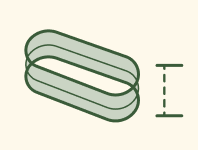

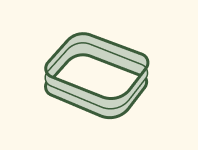
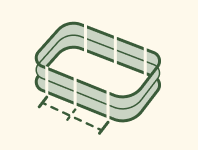
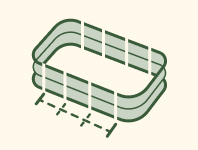
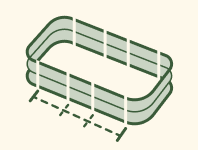





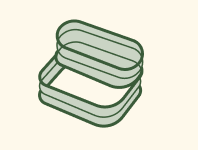


















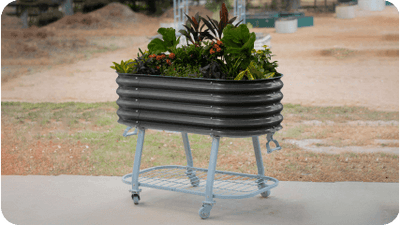








































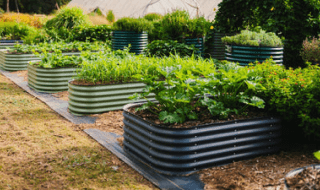
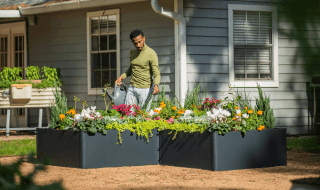
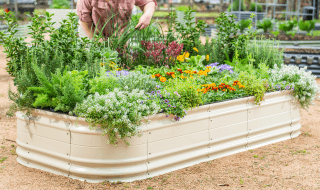
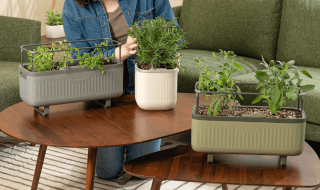
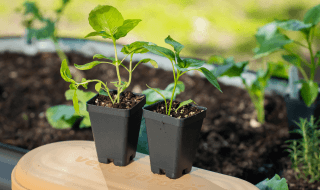
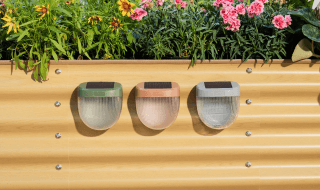
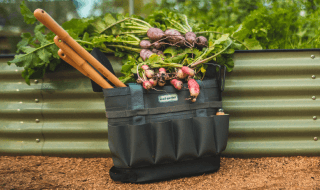
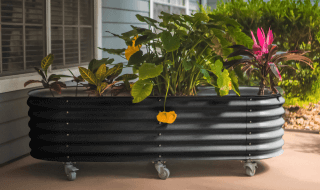







Leave a comment